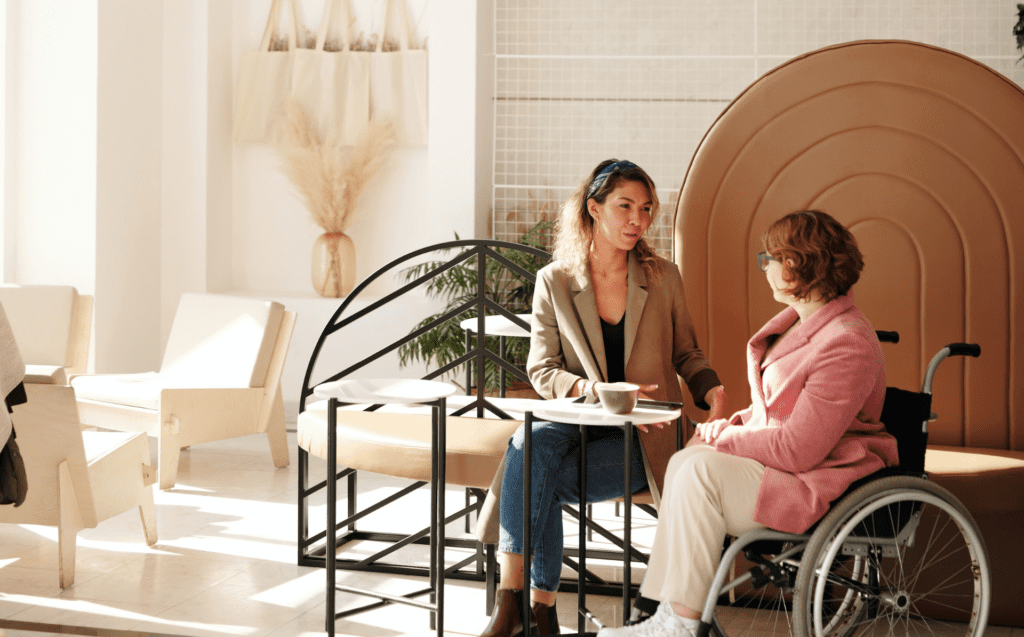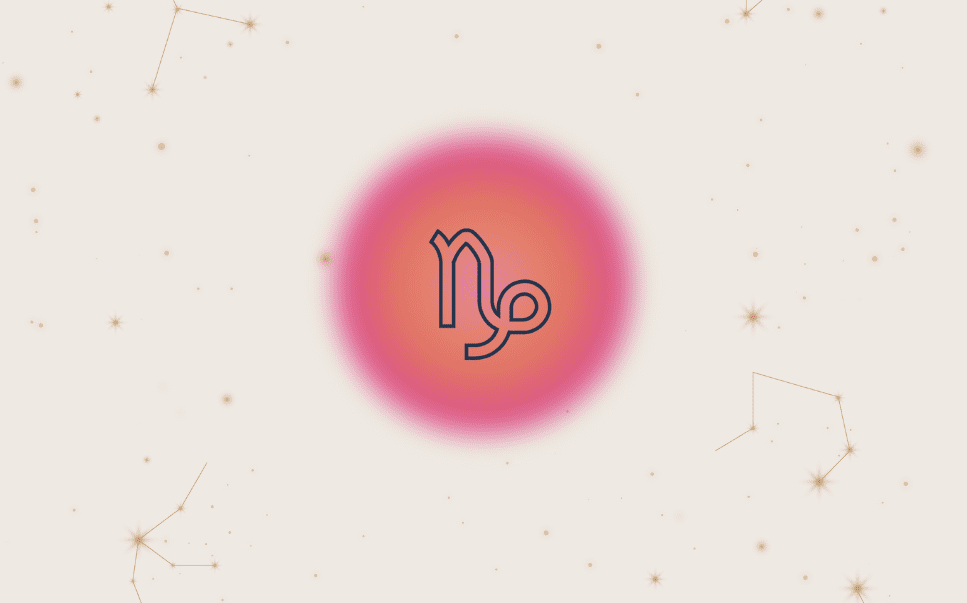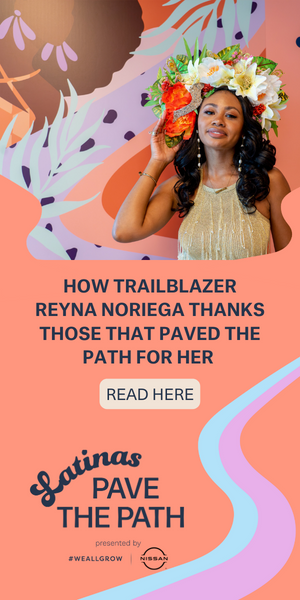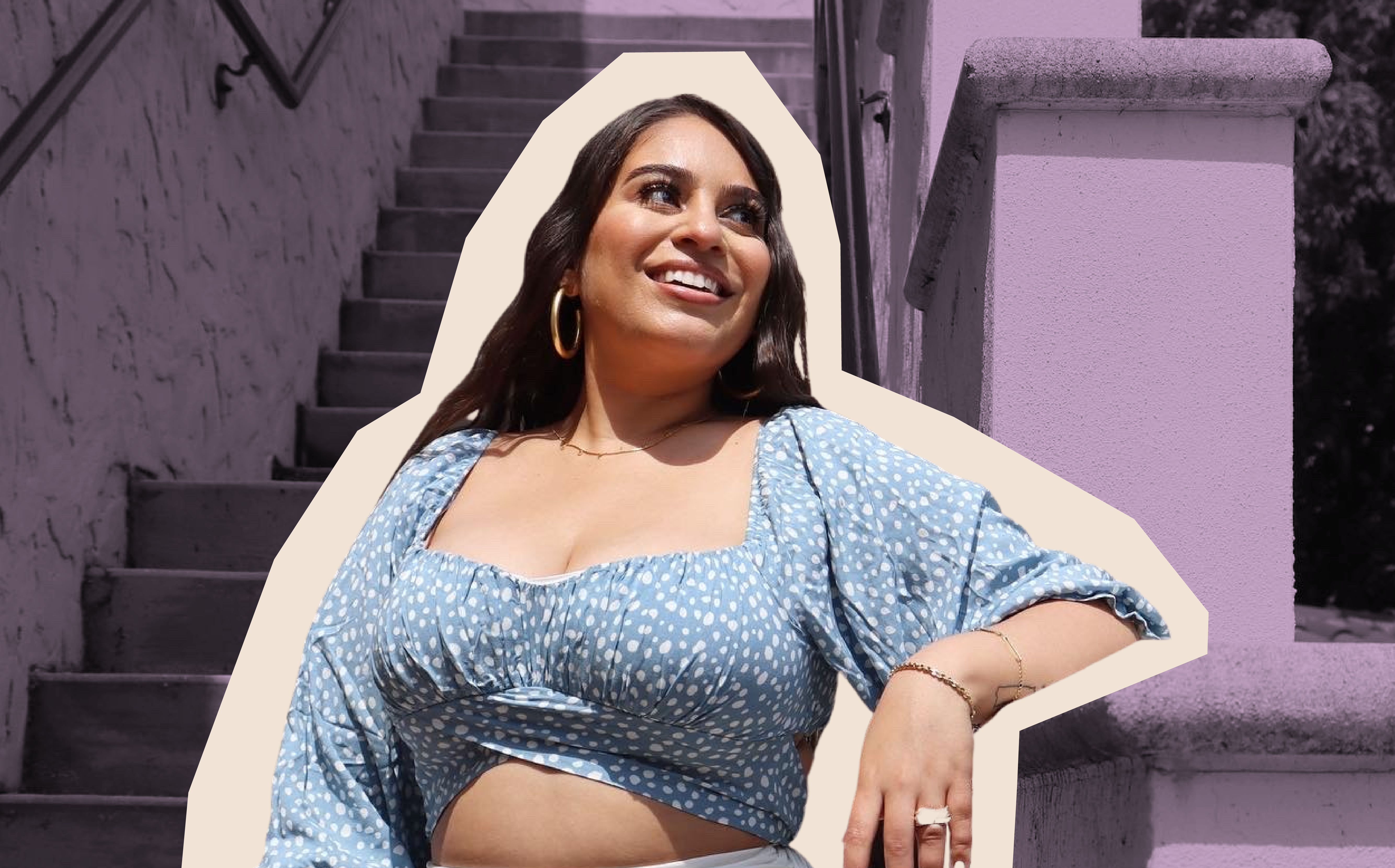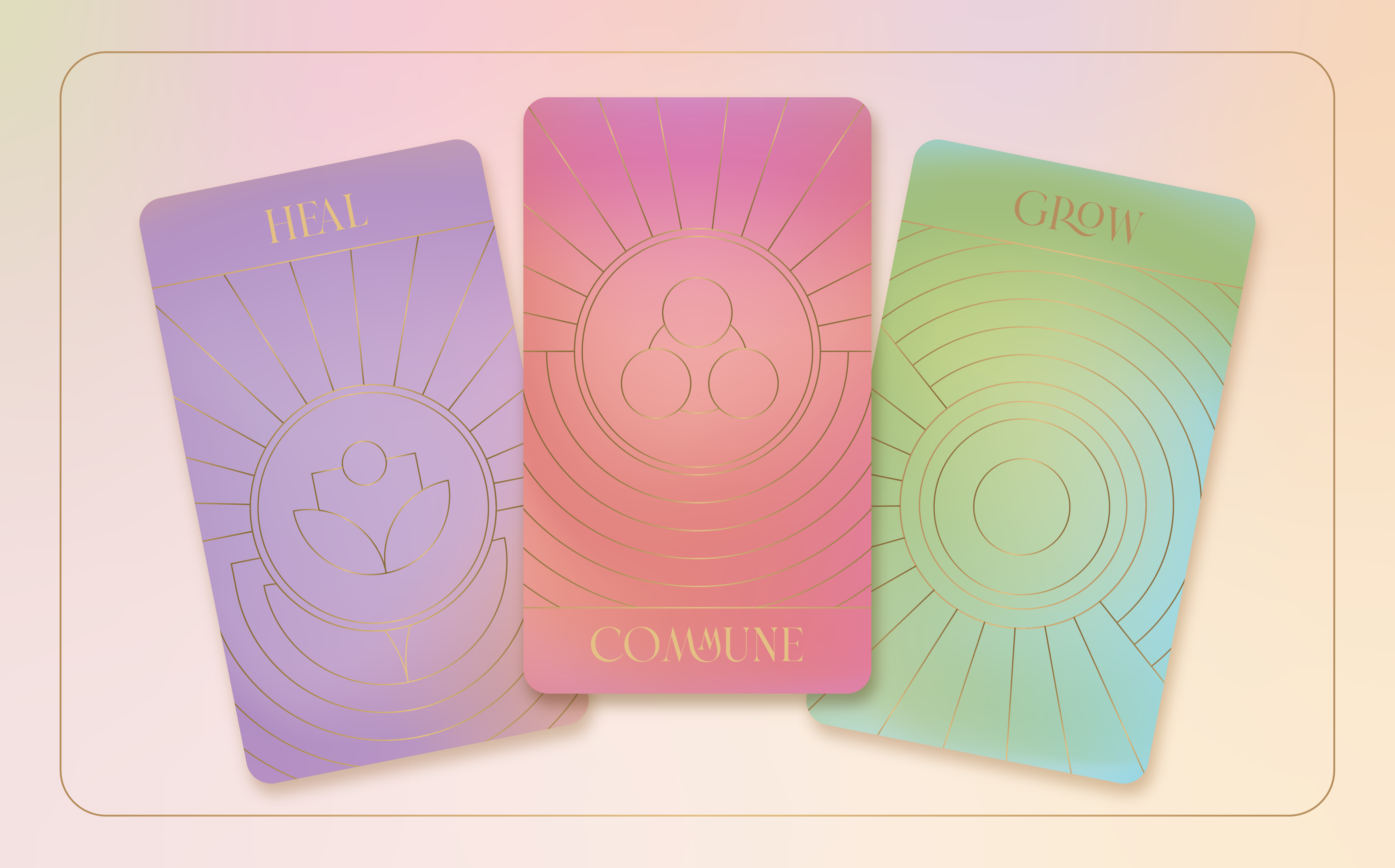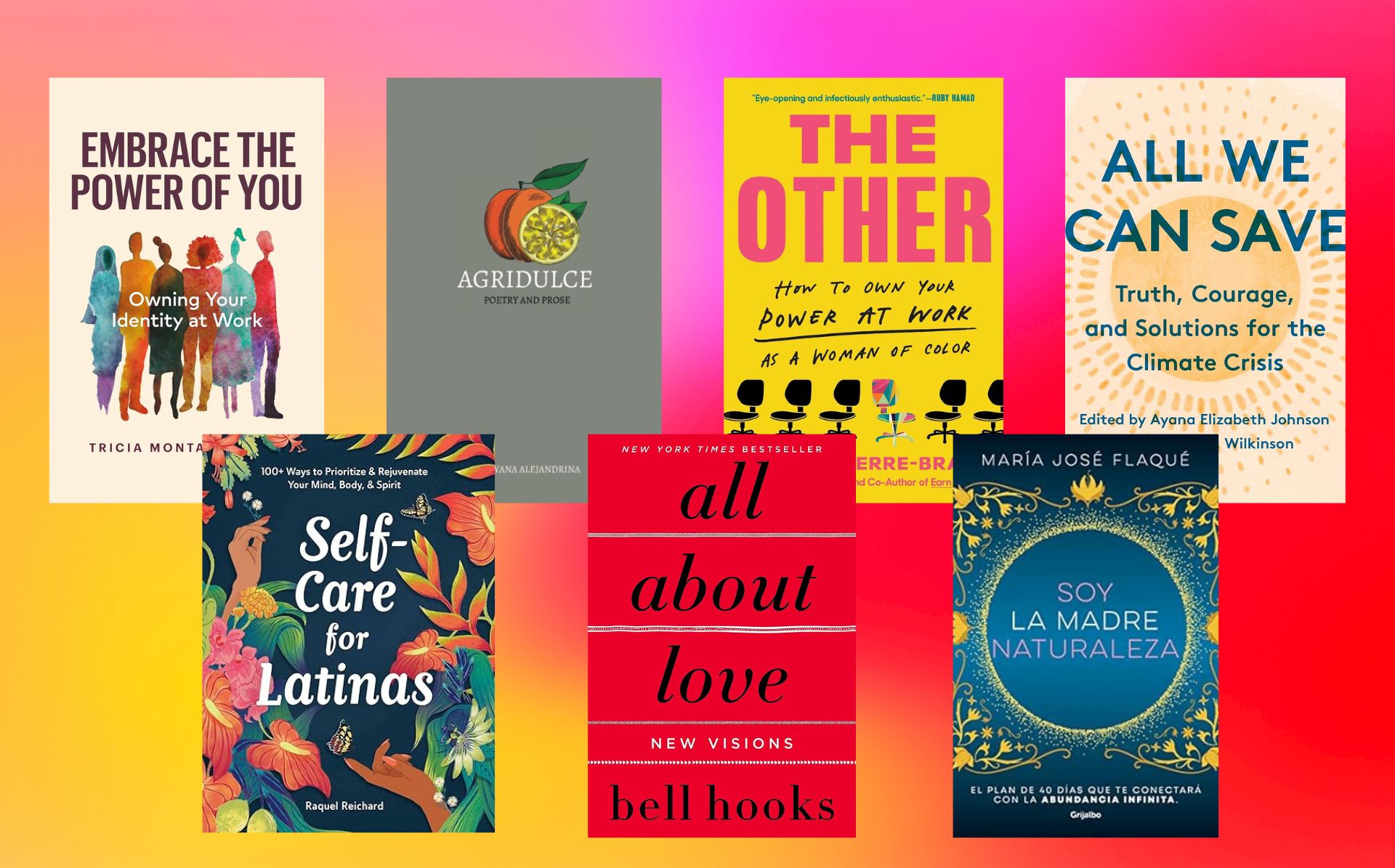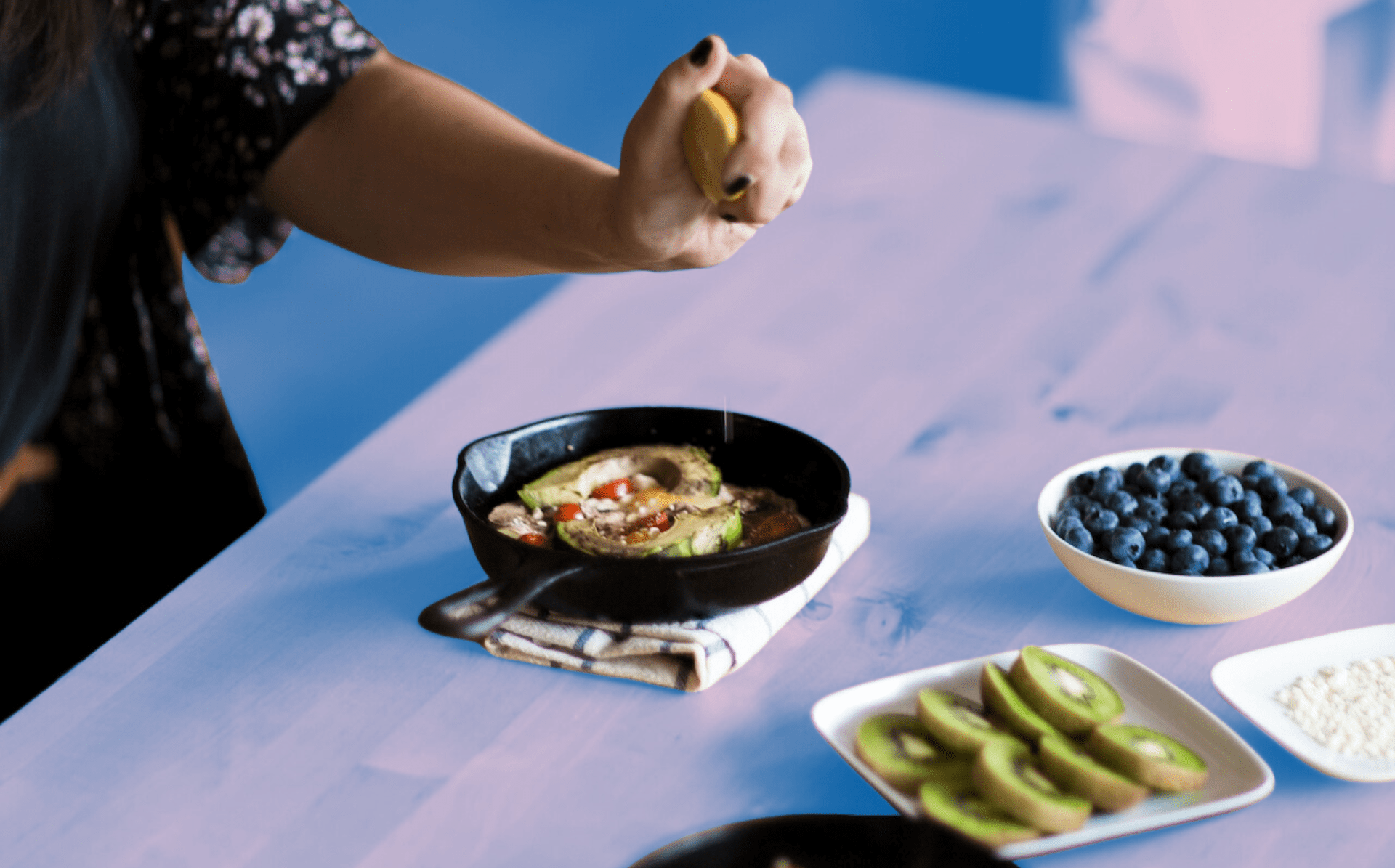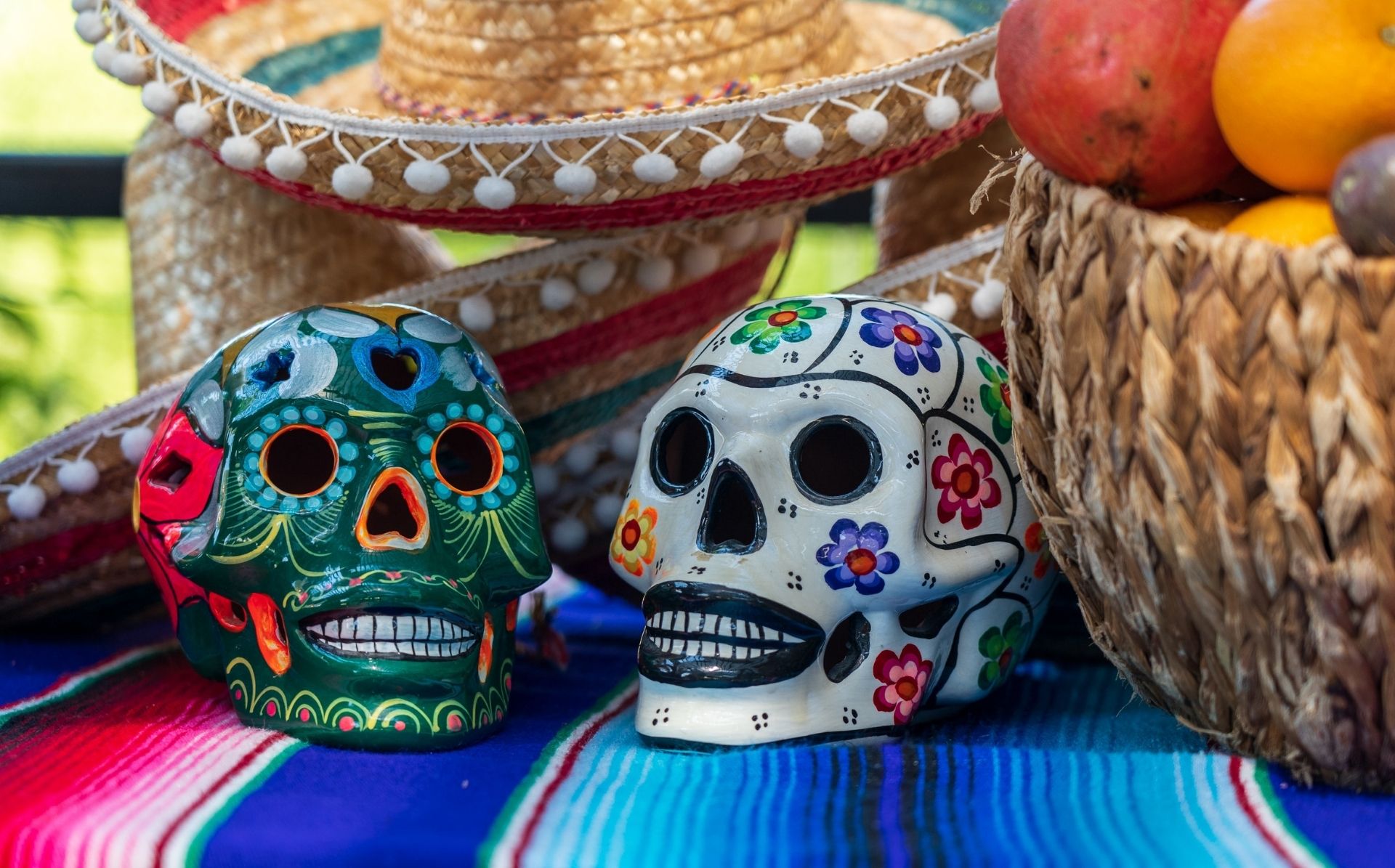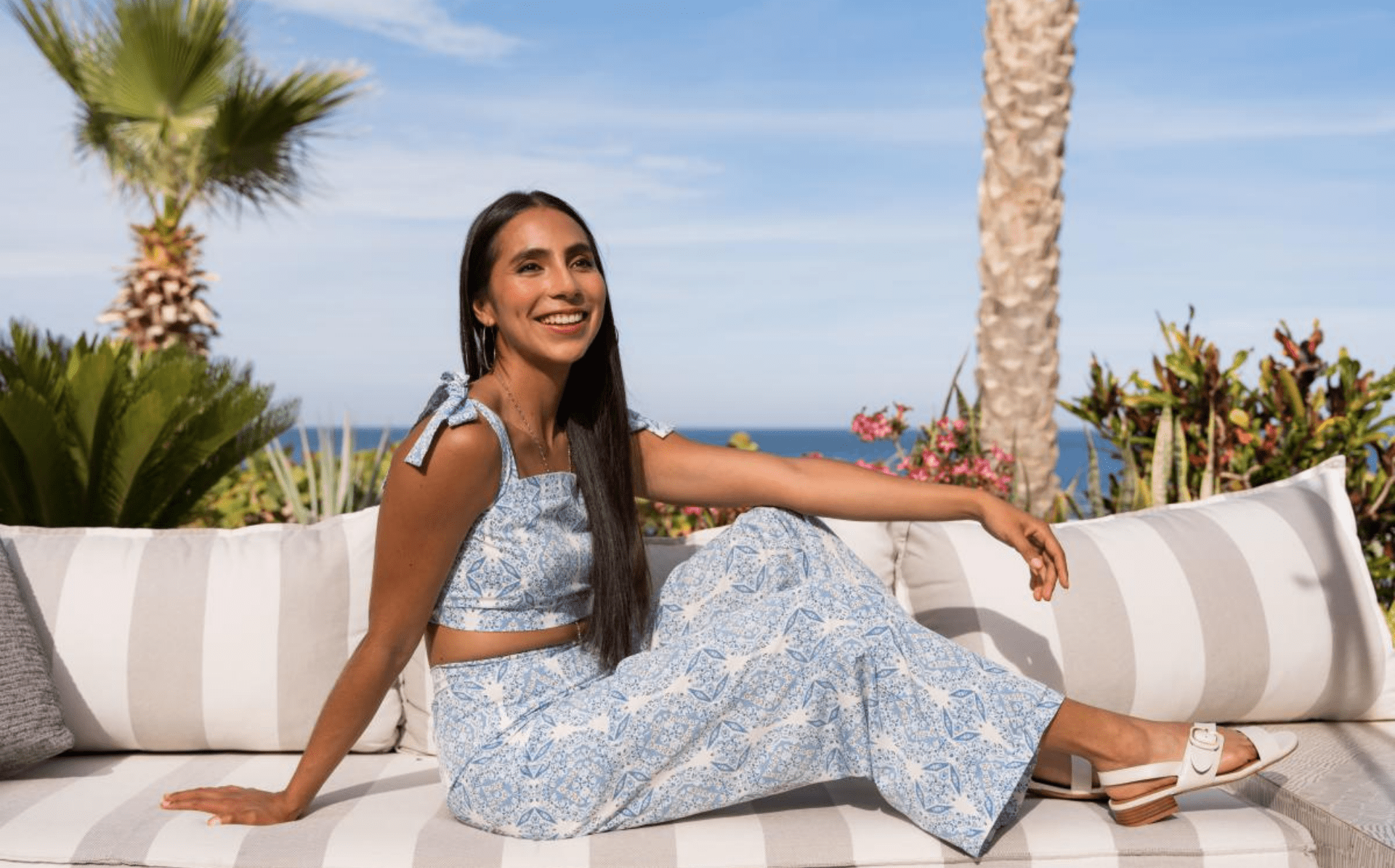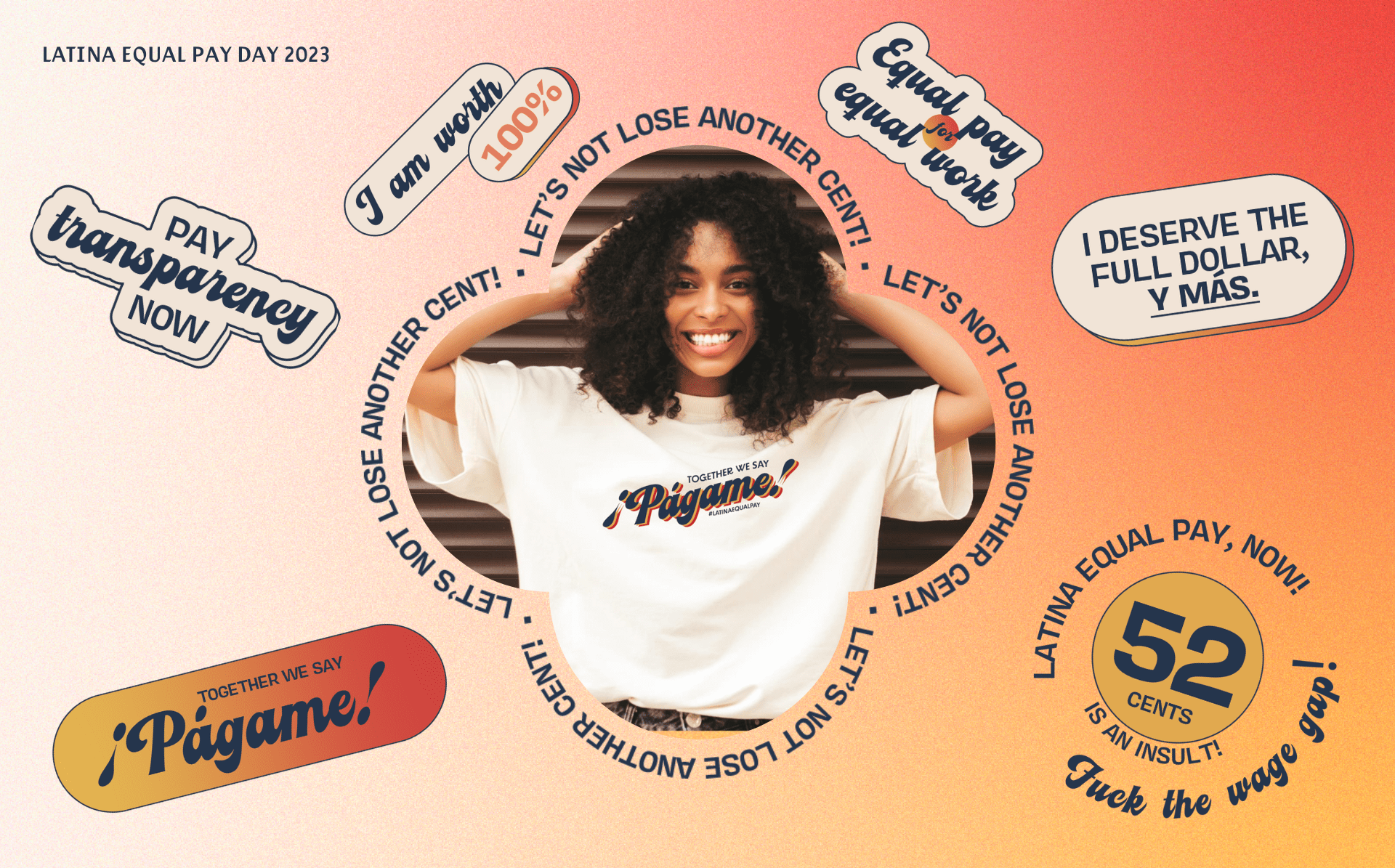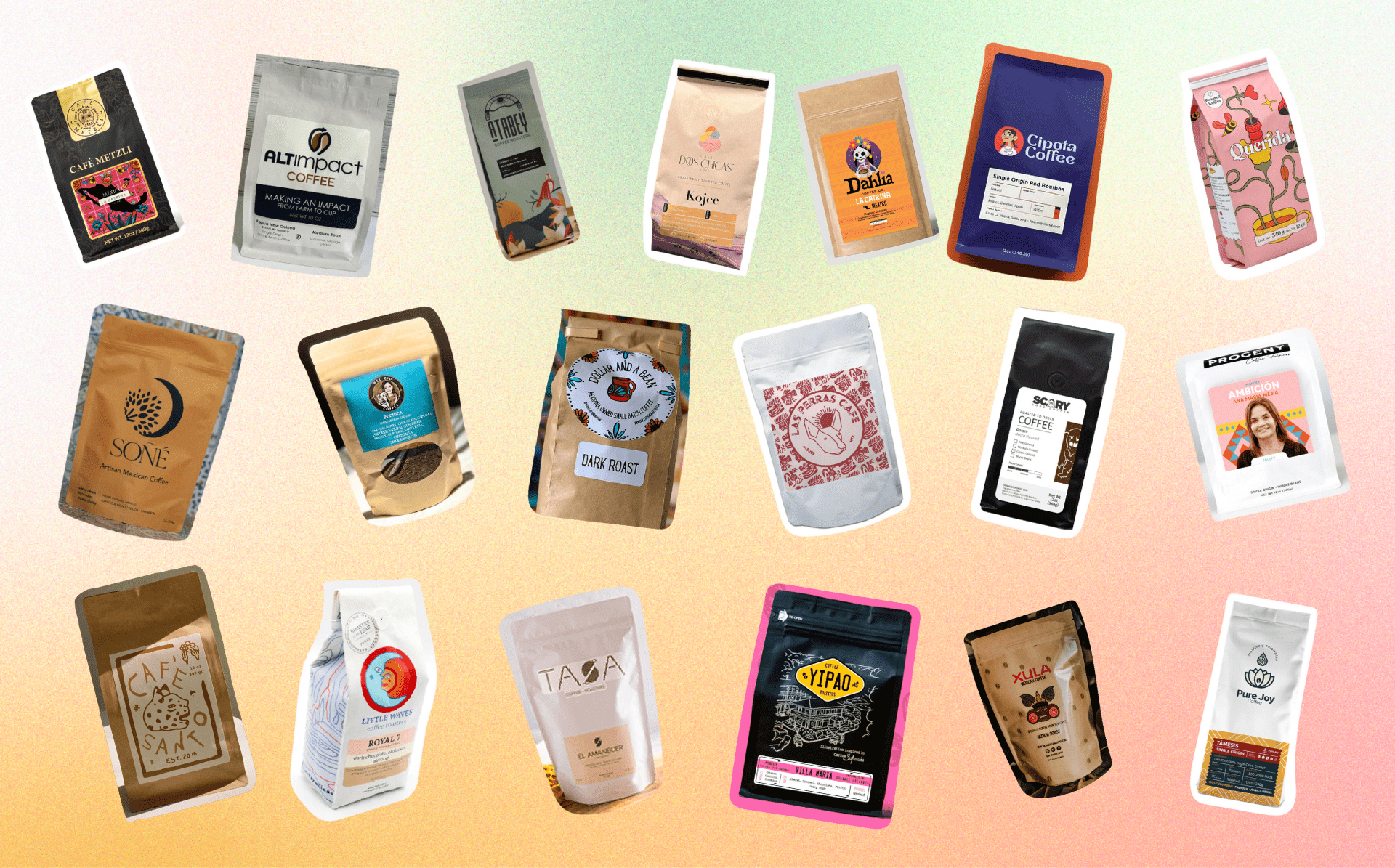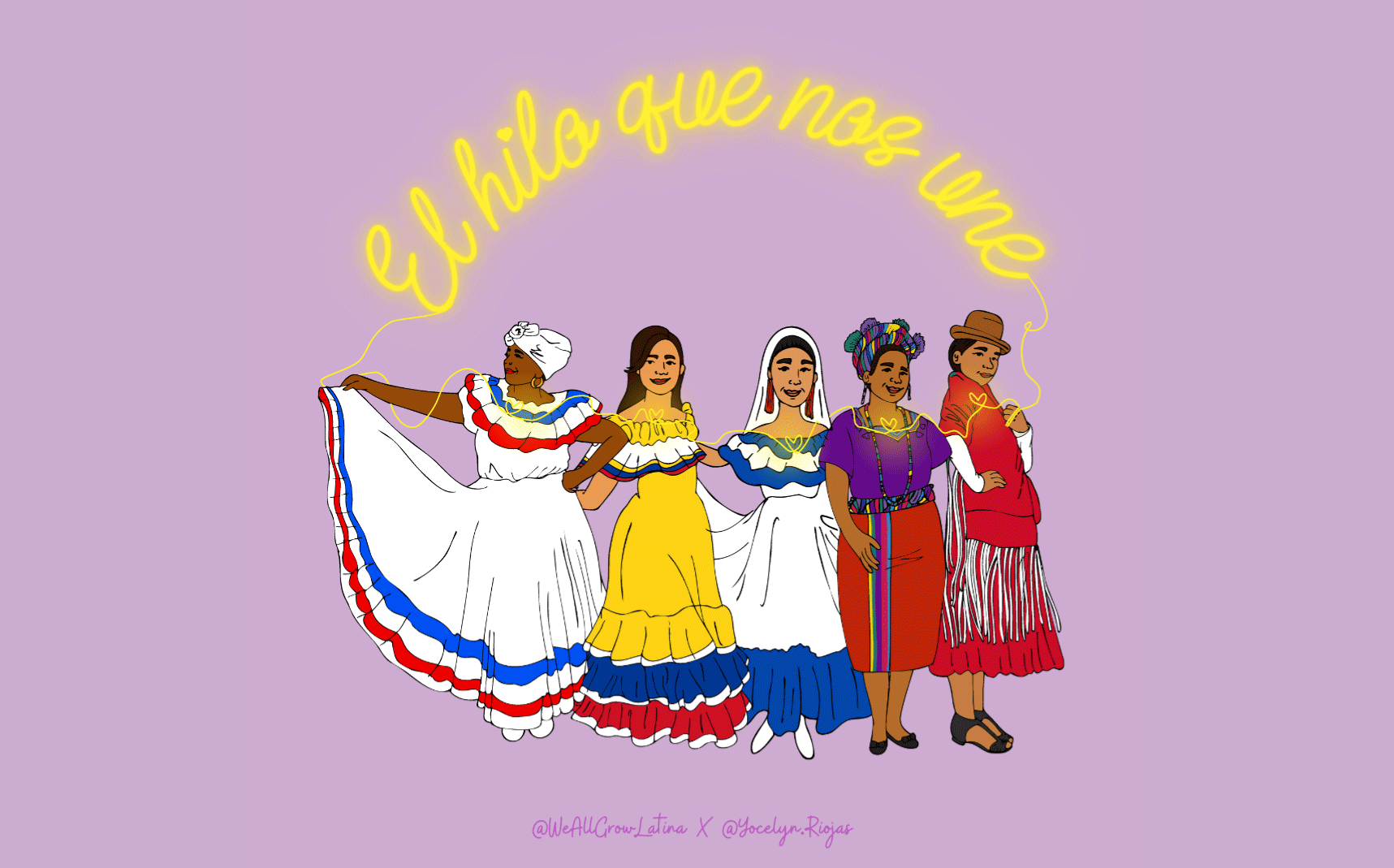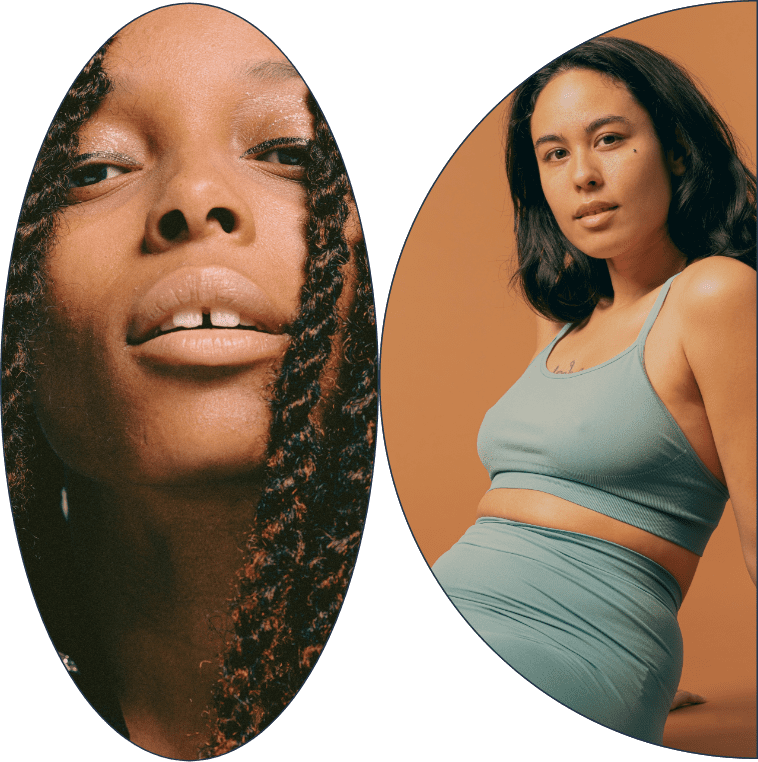At the age of five, I was diagnosed with cerebral palsy, a group of disorders that affects a person’s ability to move and maintain posture due to brain damage from surgery in Venezuela. As a Latin disability activist who migrated to the United States for more advanced treatment options, I’ve had the opportunity to experience disability in two countries with different systems.
I’ve faced discrimination, inequality, and inaccessibility in both countries. And along the way, I stopped blaming others for the injustices I kept experiencing. Instead, I made it my life mission to join the disability movement to redefine disability for the world, and these are the five ways you can be a disability ally. Allyship comes a long way, especially when representing a marginalized community.
Make an effort.
And I mean it. Everyone seems to want to be an ally for marginalized communities nowadays, but do you really have what it takes? The type of effort that you need to make depends on your goals and where you stand with the disabled community. Are you lacking education? Do you have a disabled family member facing oppression? Are you looking to include more people with disabilities in your workplace? Set your goals and start small. You don’t have to know every law from ADA or be part of every disability group, but I encourage you to find a niche that you’re interested in learning about and building from there. Every day, I research new topics and expand my knowledge to understand better all my community members’ different lived experiences with disability.
Respect all disabled experiences.
We come from an era where disabilities are supposed to look a certain way. We are supposed to look very ill and unhappy, and we’re all supposed to be impaired in wheelchairs. Disabilities range in many ways, but no “one size fits all “exists. There are mental, physical, intellectual, visual, and auditory disabilities; for most of these, you won’t be able to “see” the disability – even for physical conditions. Throughout my life, strangers constantly stopped me to ask, “what happened to you?” My disability is minimal, looks more like an injury, and is actually considered an invisible disability. People’s judgment of my condition has never been related to disability because I don’t fit the “disability look,” but what are disabilities supposed to look like anyway? There are so many factors that come into play when experiencing disabilities that two people won’t ever live or feel the same disability in the same way. Be open to all the different conditions and disabilities that exist. Don’t set your mind to a specific stigma, and be respectful of the experiences of those with disabilities.
Make your content accessible.
When I started my activism career, I learned that you could make your content accessible to people with disabilities. Whether you’re a content creator, brand, or website, there are many addons to making content accessible. For example, when I first joined the community, I saw people who posted captions with [Alt-text]. Basically, [Alt-text] describes any visual items on your feed, website, or blogs. Anyone blind or has low vision can have their computer, phone, or digital device “speak” to them the text description so that they can visually interpret the image as well. Besides this adaptation, you can use many other features when making content accessible, including providing videos with transcriptions and choosing decent color combinations to be mindful of people with epilepsy.
Language matters, and so do labels.
The language and labels we use to describe and refer to people with disabilities matter. Language also changes with social norms and preferences of those with disabilities. I always encourage people to educate themselves on identity-first language vs. people-first language. For example, some of us prefer to be called “person with a disability,” while others would rather be called a “disabled person.” This depends on personal preference. Some people claim that they’d rather be called “disabled people” because they celebrate their disabilities and don’t need to be acknowledged as a “person” first. There is no right or wrong answer– don’t be afraid to ask the person their preference. Condescending euphemisms and offensive language like differently-abled, handicapped, psycho, and retard should always be avoided. It just doesn’t feel right to be associated with a term that has been defined through negative connotations.
Include people with disabilities in diversity.
Diversity is the driving force of our current markets and values system. Films like Crip Camp have demanded that companies, institutions, and people expand their inclusion and diversity. Immigration, intersectionality, and different cultures have created one of the most multicultural and diverse populations we have seen in history. But diversity and inclusion aren’t limited to people of color. Diversity and inclusion are for every single human on this planet. There are a lot more people demanding social and equal access, especially people with disabilities. When talking about diversity, whether it’s for work, a new initiative, or amongst your friends, always, always, always include people with disabilities in your plans and initiatives. True allyship happens when you help us remain visible.
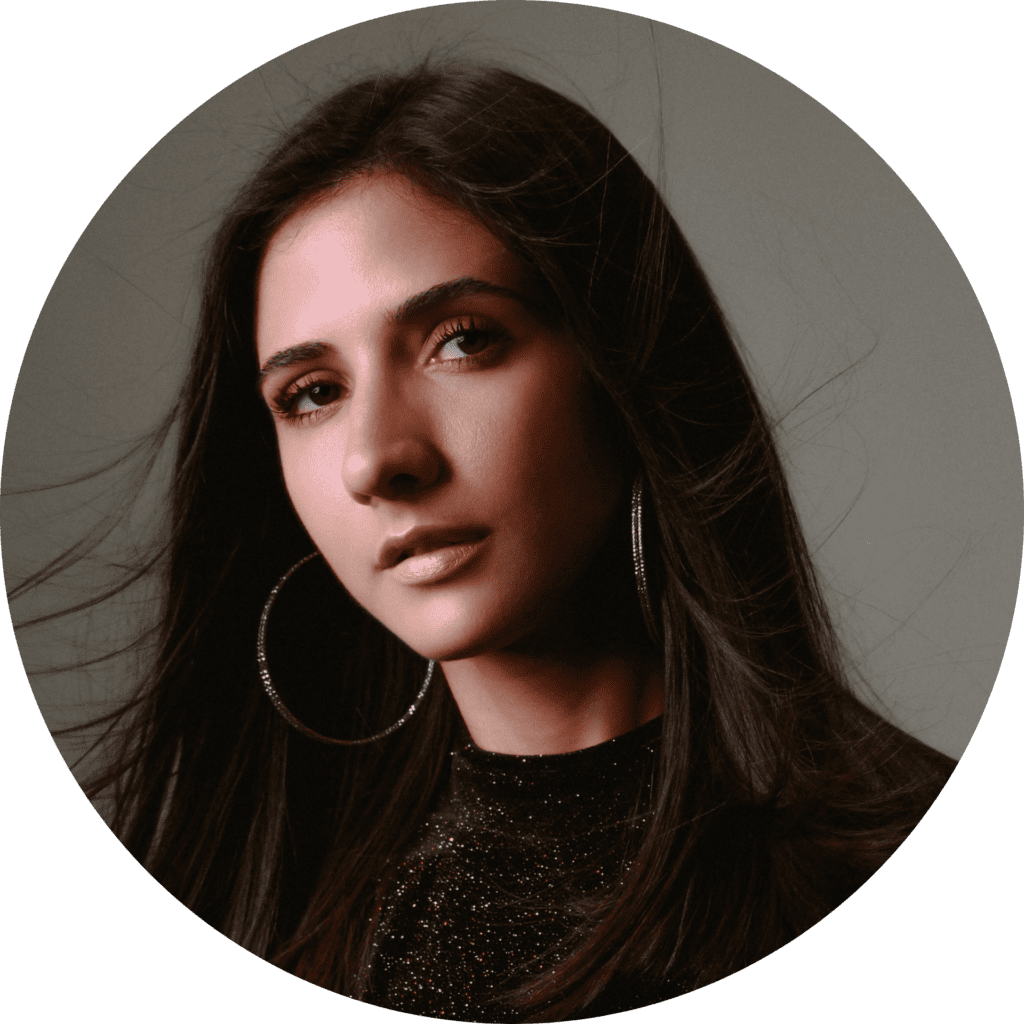
About the Author
Paula Carrozo is a disability activist, disabled content creator, model, and speaker. Paula has cultivated and created a space to redefine disability. Her work has been featured in publications like Refinery 29, Facebook, Popsugar, Telemundo, and more. Paula has decided to extend her mission to redefine disabilities by creating Inclusive Collective, a Web3 project with an NFT disability supportive collection to represent all identities and abilities in Web3.
